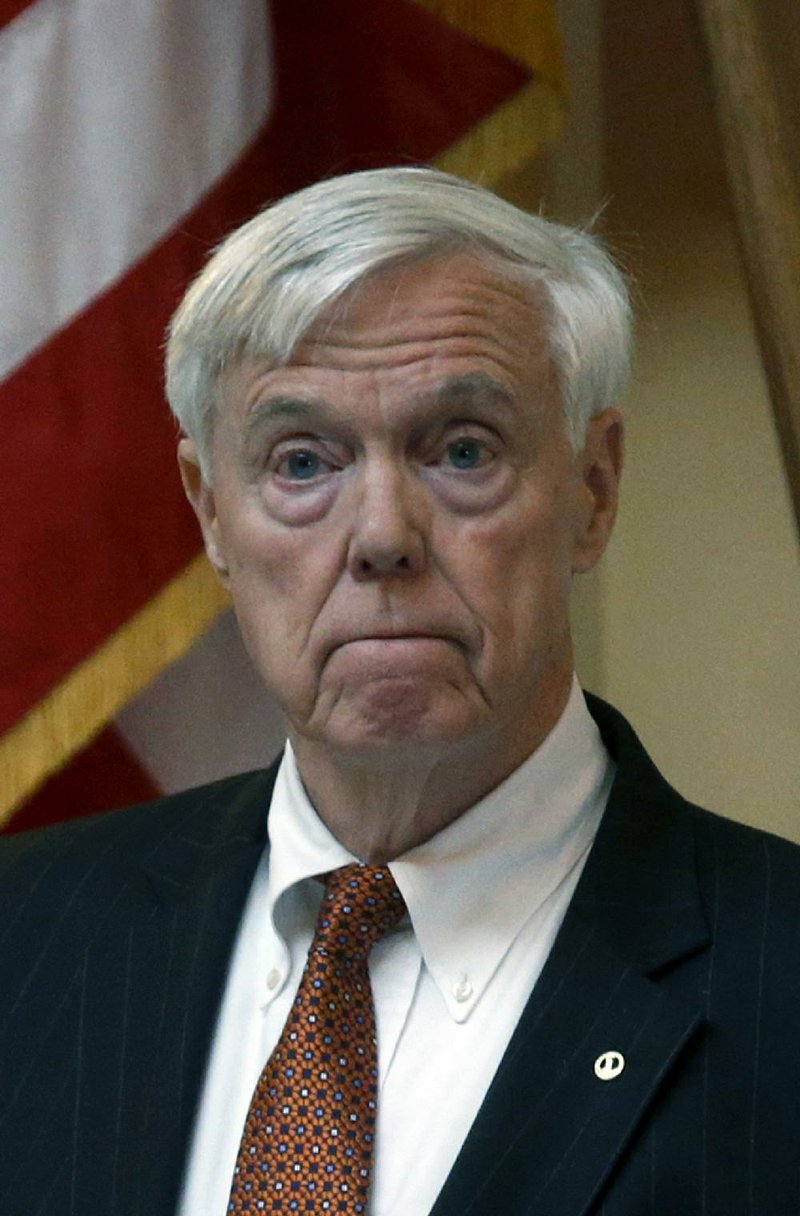RICHMOND, Va. -- The Supreme Court gave new life Wednesday to a challenge by black people in Virginia who say lawmakers packed some legislative districts with black voters to make other districts whiter and more Republican.
The justices tossed the part of a lower court ruling that upheld 11 districts in which black people made up at least 55 percent of eligible voters and ordered the lower court to re-examine the boundaries.
Democrats said they're certain the lower court will find the districts unconstitutional and force lawmakers to redraw them. Marc Elias, an attorney for the Virginia voters who filed the case, said they will push for that to happen before the November elections.
"It's important that the people of the Commonwealth don't have to have another election using unconstitutional district lines, and we will move forward as quickly as possible to make sure we have constitutional and fair lines in place for the 2017 elections," Elias said.
[U.S. SUPREME COURT: More on current justices, voting relationships]
The top Republican in the Virginia House, however, said he's confident that the current boundaries will stand.
"The Supreme Court declined the Plaintiffs' request to find that the districts are unconstitutional," House Speaker William Howell said in a statement. "We have read the Court's opinion and are quite confident that we will win when we go back to the District Court," he said.
Justice Anthony Kennedy said in his majority opinion that the three-judge federal court used the wrong legal standard when it determined that race did not play too large a role in creating the 11 districts. The high court upheld one challenged district -- the 75th -- in which the lower court found that race was an important factor and that lawmakers were justified in considering it.
For the districts at issue, in the Richmond and Hampton Roads areas, the state argued that the 55 percent threshold was necessary so that minority-group voters could elect a candidate of their choice, an important consideration under the federal Voting Rights Act. The black voters who sued over the state's 2011 districting plan argued that it diluted the voting power of blacks.
Virginia Gov. Terry McAuliffe, who took office after the redistricting and backed the lawsuit, said the decision is a "victory for democracy in Virginia," according to McAuliffe spokesman Brian Coy.
"The governor has long believed that Virginia's legislative lines are unconstitutionally racially gerrymandered," Coy said.
But because the court left it to the lower court to sort out whether the districts were improperly drawn, election law expert Richard Hasen at the University of California at Irvine law school called the outcome "more of a punt than a major decision."
When the lower court re-examines the districts, it could uphold them, as the high court did with District 75. It also could strike down the districts as illegal racial gerrymanders. Or it might uphold some and strike down others.
Elias said the lower court won't let the challenged districts stand because they weren't created using individualized analyses. Lawmakers came up with the 55 percent threshold by analyzing District 75 and then applying that figure to the other 11 districts, the lower court found.
Jason Kelly, an assistant professor of political science at Virginia Tech and expert on gerrymandering, agreed.
"I just don't know how you arrive at a different outcome without redrawing them because they've already proved -- in fact, they admitted -- that they drew it with this threshold," Kelly said.
Chief Justice John Roberts and Justices Stephen Breyer, Ruth Bader Ginsburg, Elena Kagan, and Sonia Sotomayor joined Kennedy's opinion. Roberts' decision to join the majority was notable because he often is on the other side in cases involving race and electoral districts.
Justices Samuel Alito and Clarence Thomas, who also are skeptical of the use of race in drawing political districts, agreed with most of the outcome of the case, but differed with their colleagues on the details.
The Virginia case was one of two redistricting disputes the court heard in December. The other, involving North Carolina congressional districts, remains undecided.
A Section on 03/02/2017

